As I’d been hoping, the peregrine falcons nesting in the a clock tower in Bournemouth laid their first eggs this week. The first was laid sometime in the early hours of the 16th March.

Then a second egg was laid at some point on the 18th March.
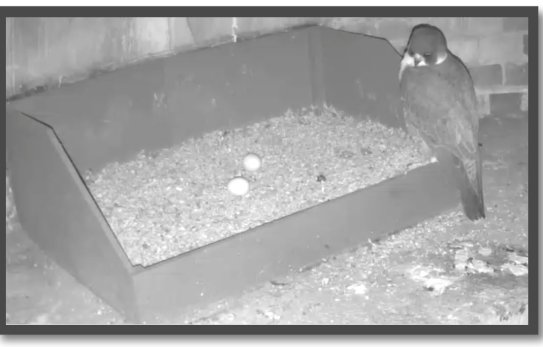
Peregrines usually have a clutch of 3-4 eggs so I would expect one more egg to be laid in the coming days. The eggs should begin to hatch around about the 20th April. Getting these glimpses of the eggs was tricky as the majority of the time the mother has been sat on the eggs, keeping them warm.
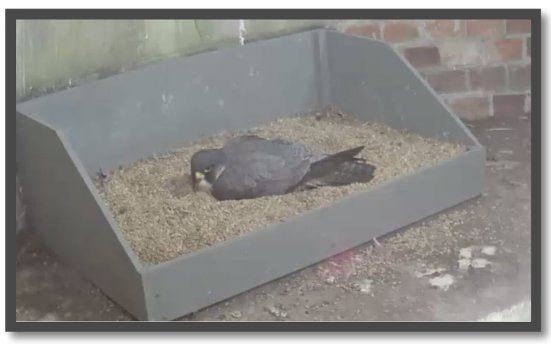
Meanwhile I’m really excited to have another nest to be able to share with you and this one is very close to home. Some Collared Doves have decided to nest on the bracket of our satellite dish!

This is surprisingly a common place for this species to nest. Collared doves are one of the few species that benefit from living close to humans. They actually only nested in the UK for the first time in 1956 and the nest then was heavily guarded. Satellite dishes are actually decent nesting sites as they are well away from predators and if their is bird food around then there is a ready supply of food- like we have in our garden.
The position of the dish means it is very close to one of our windows which means from the right spot we can see directly into the nest.
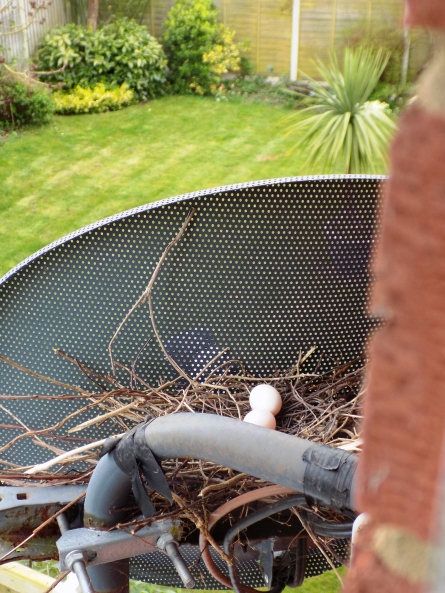
As you can see there are two eggs in the nest. This is the usual clutch size of collared doves and their may be as many as nine clutches in a year! They take about 14 days to hatch but I’m not totally sure when these were laid- hopefully they will hatch successfully and we will have some chicks within the next two weeks.
When I’ve been out and about this week I’ve seen lots of birds singing and displaying. The breeding season is here and as a result birds are suddenly very visible and audible. Here are a few of my favourites:
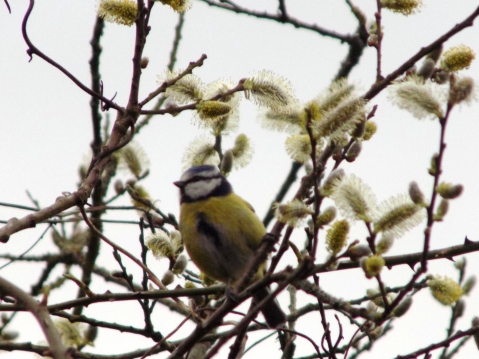
Blue Tit
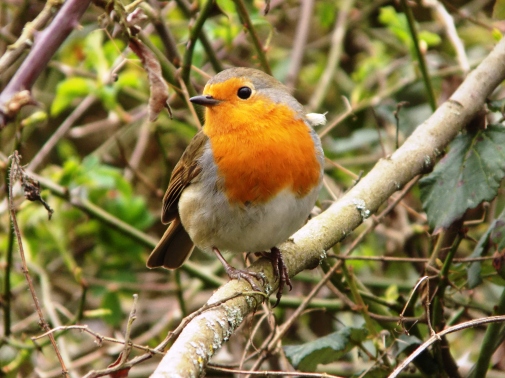
Robin
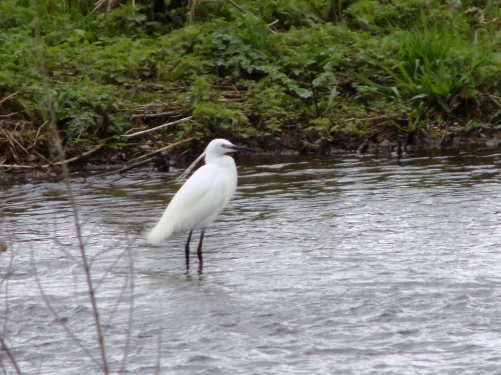
Little Egret (with a particularly long plume)
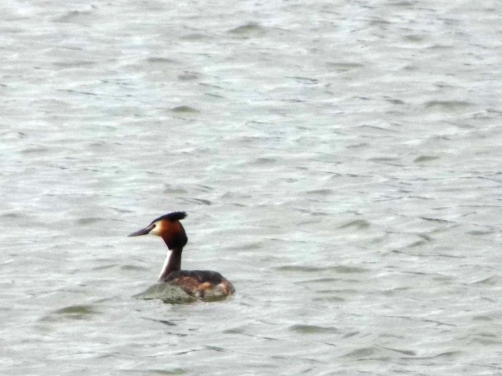
Great Crested Grebe
This week I’ve noticed that the wood anemones (Anemone nemorosa) have come into flower.
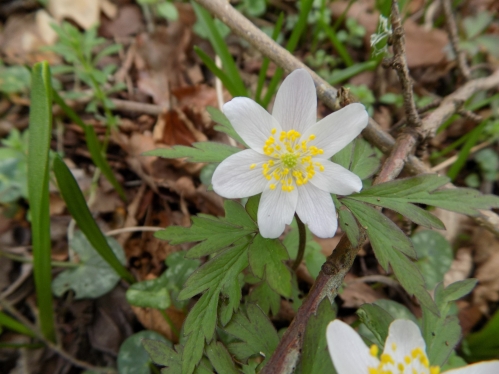
For most of the year these plants are not visible- they are just ‘rhizomes’, a sort of lumpy root under the soil. In early Spring they grow out of the ground and flower from now until May. They are actually ineffective at spreading via seeds and mostly spread through their roots which is why you can get carpets of wood anemones in some woodland.
Finally, let’s end with a fungus!

I’ve been all through my fungi book but still have no idea what this is. It looks spectacular though!
If you want more regular updates on the peregrines and collared doves then you can follow me on Twitter @dangoeswild1. You can also find the peregrine webcam here– I’ve just watched the male feed a pigeon to the female!

No comments:
Post a Comment